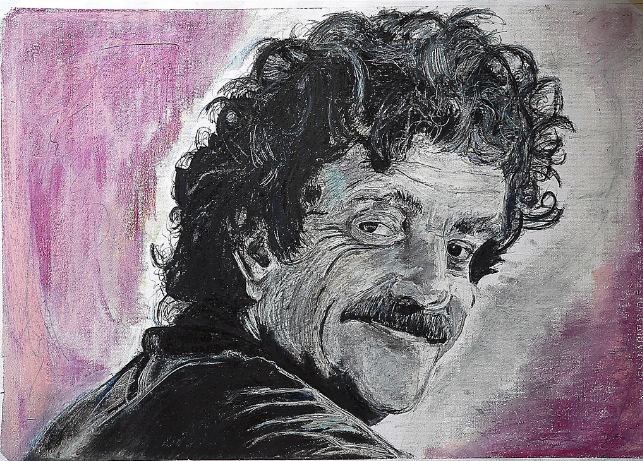If you come visit South Korea, where I live, you’ll more than likely pass through Incheon International Airport, and there quite possibly witness a variety of displays of traditional Korean culture, from acrobatics to aristocratic processions to a variety of musical performances. Since the rebuilding of the country after the Korean War, attention has turned to recovering the arts and customs of the past and, in one way or another, making them relevant to the present. Placing them in the middle of an ultramodern transportation facility is one; interpreting the stuff of relatively recent popular culture with them is another.
A few years ago we featured the skills of Luna Lee, a player of the gayageum, a twelve-stringed Korean instrument dating back to the sixth century. Specifically, we featured her renditions of Jimi Hendrix’s “Voodoo Chile” and Stevie Ray Vaughan’s “Little Wing,” meetings of modern composition and traditional East Asian performance reminiscent of what Japanese koto player June Kuramoto and her band Hiroshima pioneered in the 1970s.
But the Korean musical sensibility brings a different set of emotions into play, and now you can hear them hybridized with the psychedelic, operatic, virtuosic rock of Pink Floyd in Lee’s versions of “Another Brick in the Wall,” “Comfortably Numb,” and “The Great Gig in the Sky,” all of which must have posed a formidable challenge to convert into gayageum music.
“My ancestors played the gayageum in a small room, so the sound did not need to be loud,” writes Lee on her Patreon page, “but my music is performed with modern instruments such as the drums, bass and the guitar. So I had to redevelop my gayageum so that the sound would match that of the modern instrument. I had to increase the volume and pressure, develop tone and increase the sustain sound. And hoping to express the sound of gayageum more diversely like that of the guitar, I had to study guitar effectors and amplifiers and test them to see if they would fit to the sound of the gayageum.”
Lee’s work of pushing the gayageum into new musical realms continues: in other videos, she tries her hand at adapting songs by everyone from the Rolling Stones to R. Kelly to Tiny Tim to the late Leonard Cohen. But something about her multiple visits to the territory of Pink Floyd feels right. Perhaps, should we find ourselves in another great progressive rock era, the gayageum will be the first instrument to join the subsequently expanded field of instruments — in both a technological and historical sense — let onto the stage. Stranger things have happened there, as the Floyd well know.
Related Content:
Watch Jimi Hendrix’s ‘Voodoo Chile’ Performed on a Gayageum, a Traditional Korean Instrument
Ultra Orthodox Rabbis Sing Pink Floyd’s “Wish You Were Here” on the Streets of Jerusalem
Based in Seoul, Colin Marshall writes and broadcasts on cities and culture. He’s at work on a book about Los Angeles, A Los Angeles Primer, the video series The City in Cinema, the crowdfunded journalism project Where Is the City of the Future?, and the Los Angeles Review of Books’ Korea Blog. Follow him on Twitter at @colinmarshall or on Facebook.


